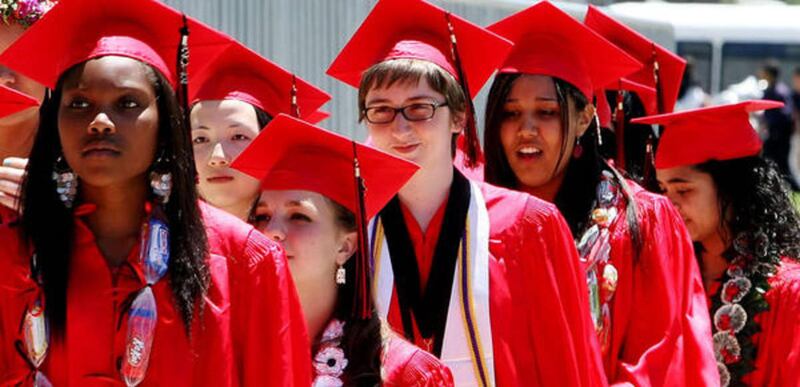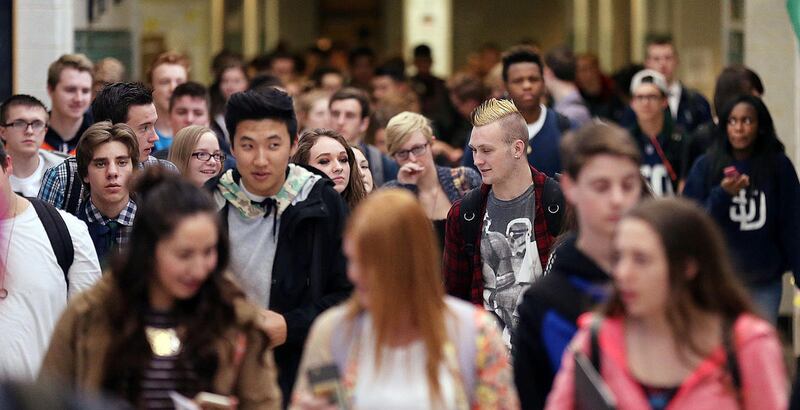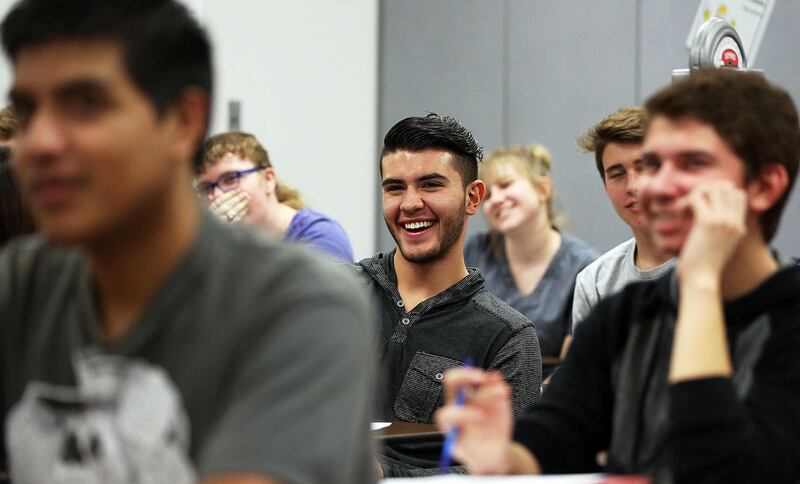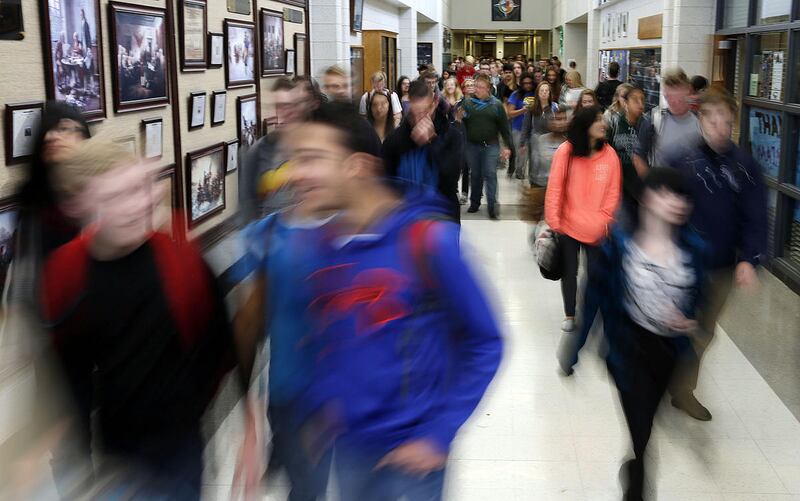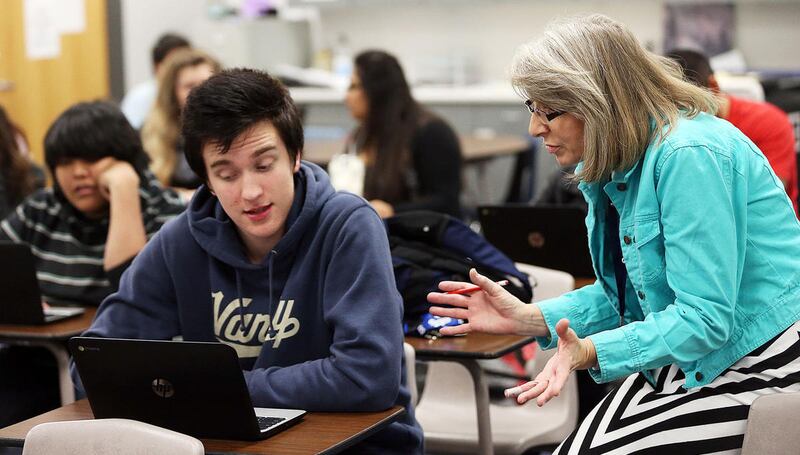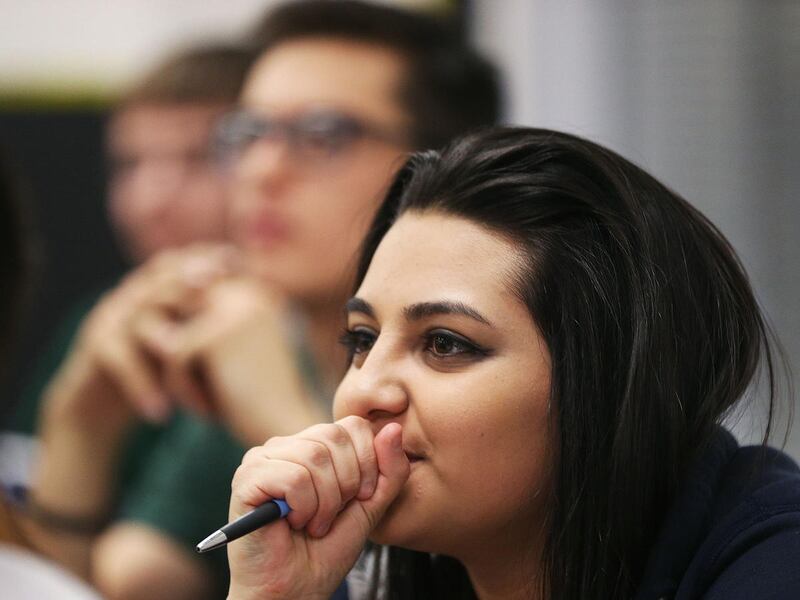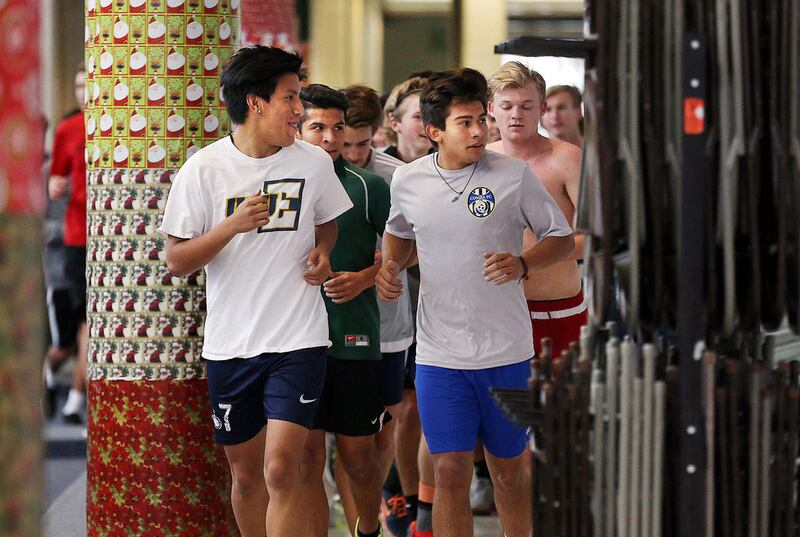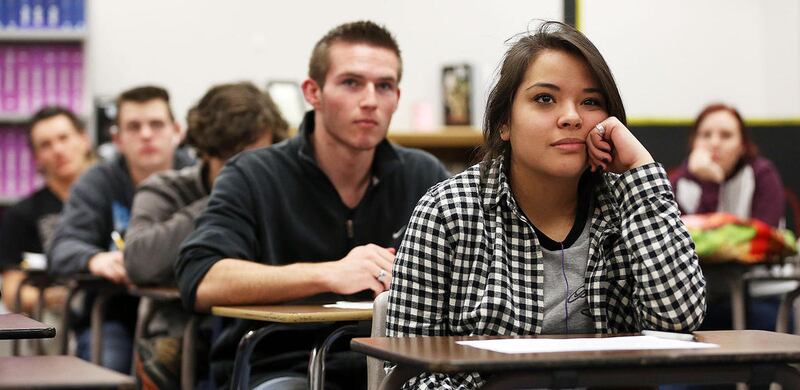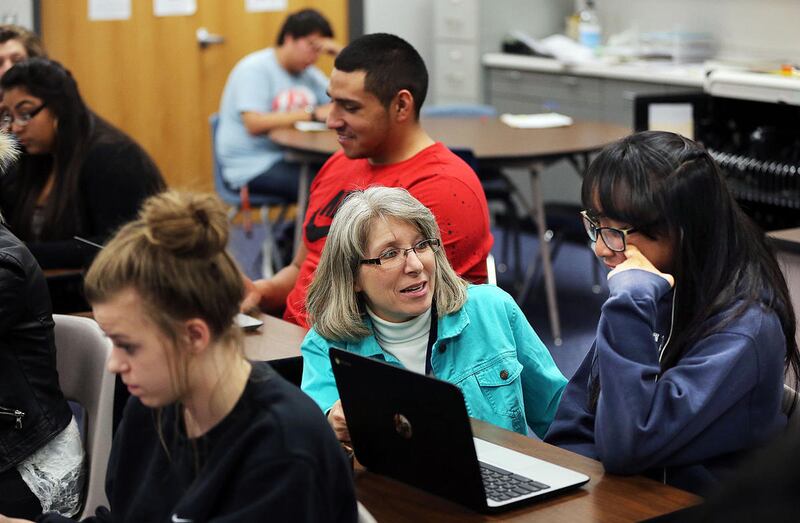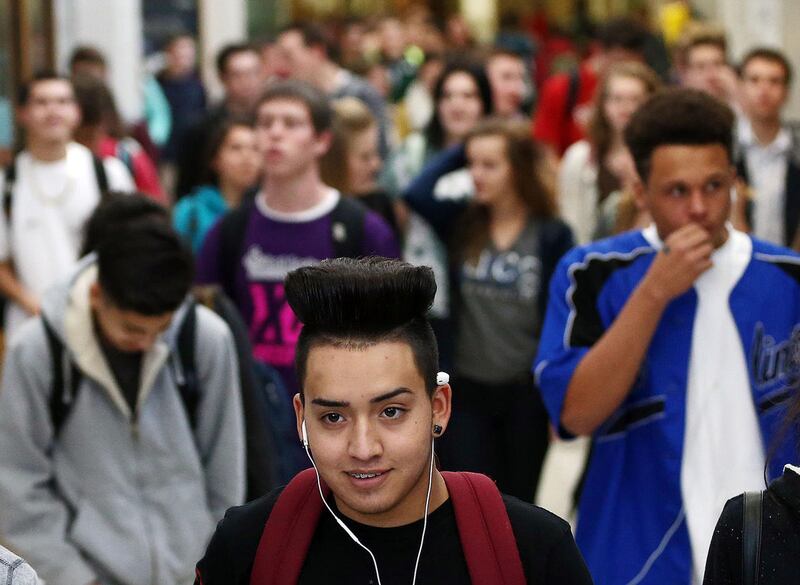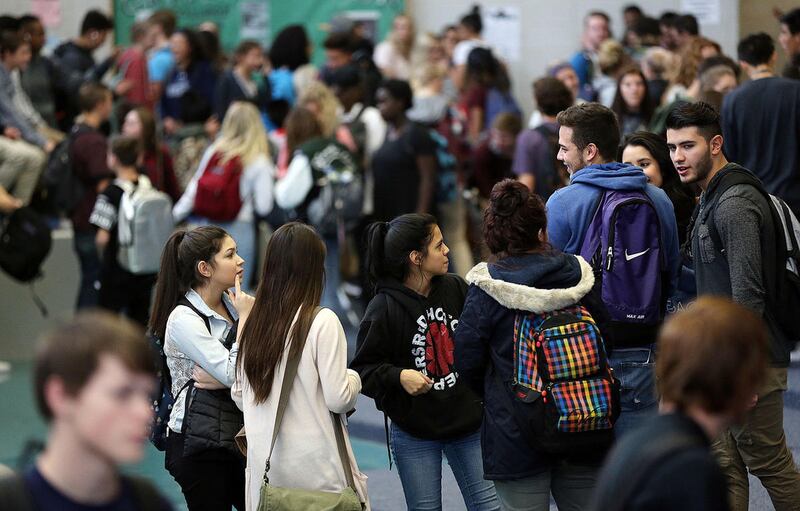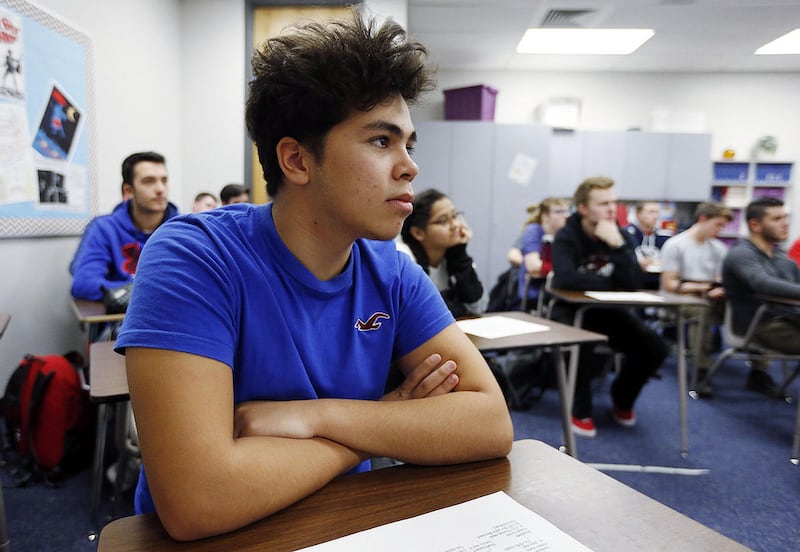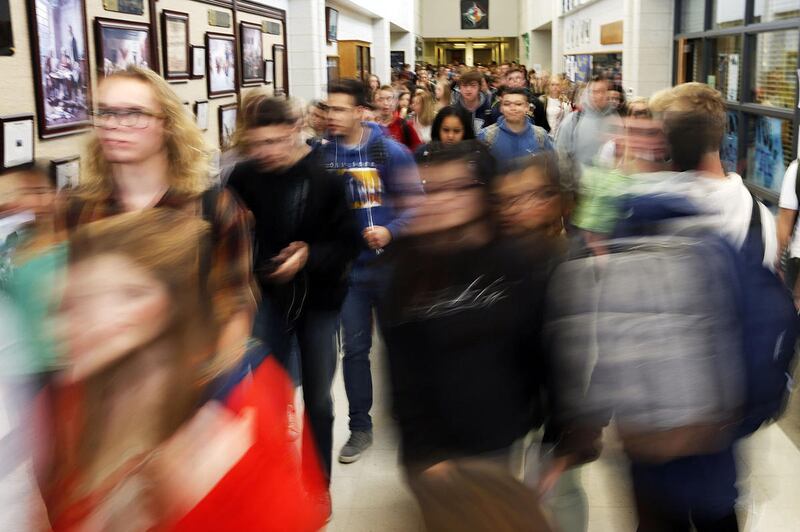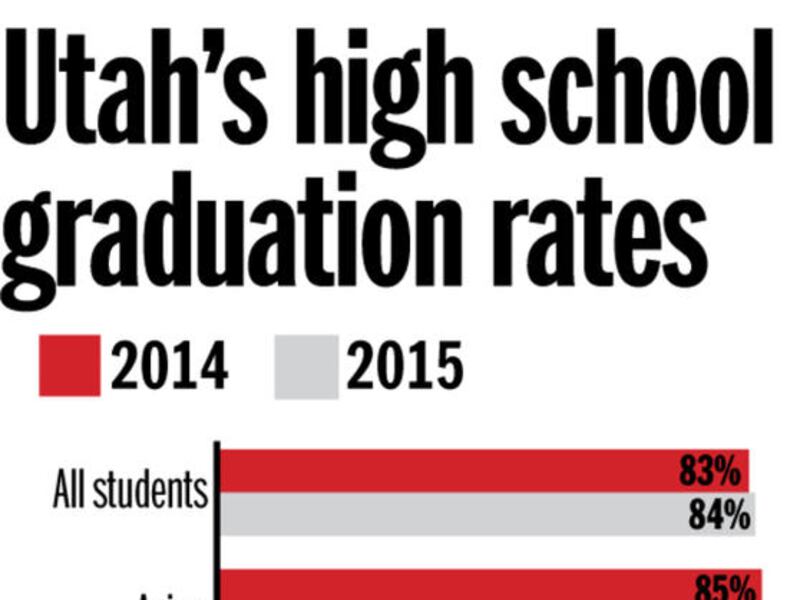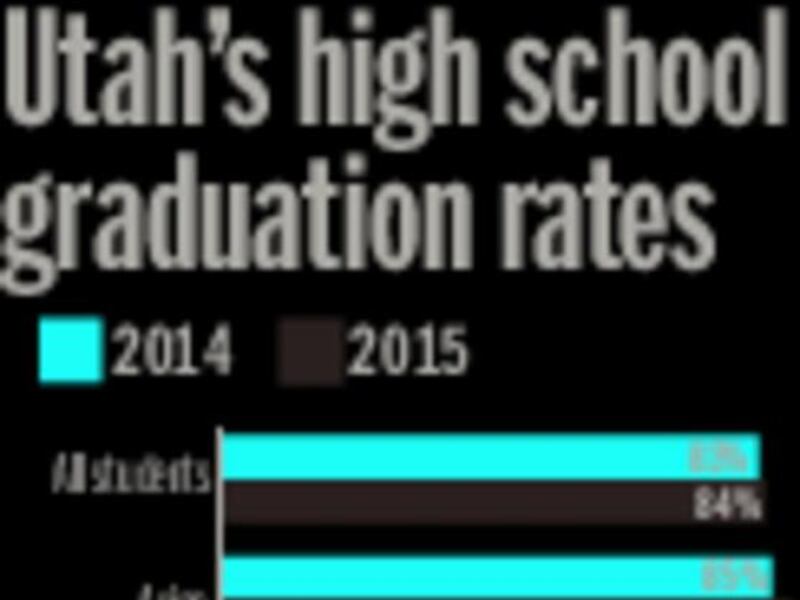SALT LAKE CITY — Utah's graduation rate for public high school students increased this year to 84 percent, 1 percent over last year, according to data released Monday by the Utah State Office of Education.
This year's 36,933 graduates add to a steady climb in graduation rates for the state, which have gone up by 15 percent since 2008.
"It's good to see that, for the most part, the needle is moving in the right direction," State Superintendent of Public Instruction Brad Smith said in a prepared statement. "But it is also clear that there is more work to do. We in public education intend to do that work."
This year's increase was seen across all major demographic subgroups in the state, except for students with disabilities, whose graduation rate declined from 67 percent to 66 percent. American Indian students, economically disadvantaged and English language learning students all saw increases of 4 percent, according to Monday's numbers.
"What's really good about this report is while white student graduation rates are up 1 percent and the state as a whole is up 1 percent, the disaggregated data shows even better jumps," said Mark Peterson, spokesman for the Utah State Office of Education. "It is great to see those economically disadvantaged students increasing their graduation rates because it increases their chance for success later in life, too, and that's terrific."
• Graduation rates for American Indian students increased from 65 percent in 2014 to 69 percent this year.
• Asian student graduation rates increased from 85 percent to 88 percent.
• Black students saw an increase from 66 percent to 68 percent.
• Graduation rate among Hispanic students, Utah's largest minority group, went from 72 percent to 74 percent.
• Pacific Islander students raised their graduation rate from 82 percent to 83 percent.
• For white students, the increase was from 86 percent to 87 percent.
• Low-income students increased their graduation rate of 72 percent last year to 76 percent this year.
• Students learning English as a second language had a graduation rate of 65 percent, up from 61 percent.
Peterson said the slight drop in graduation rates for students with disabilities is partly due to how those students are counted in the federally mandated calculation. Disabled students with an individual education plan are allowed to work toward graduation until age 21. But if they stay on longer than others in their cohort, they're subtracted from the graduation rate.
This year, 14 percent of students with disabilities were continuing students, up from 13 percent last year.
"It's not that they've dropped out. It's that they've been retained rather than graduating," Peterson said.
Several school districts on the Wasatch Front saw a rate increase of 2 percent, including the Alpine, Canyons, Davis and Granite school districts. Ten out of 33 charter schools with data for 2014 and 2015 showed an increase in graduation rates.
Copper Hills High School, Utah's largest high school with 2,657 students in the 2014-15 school year, increased its portion of graduates to 92 percent, up 6 percent from the class of 2014. More than 20 percent of those students were minorities or from low-income families. This year, the school graduated 751 students.
Principal Todd Quarnberg attributes some of the increase to better record keeping practices, tracking the progress of students and providing remediation resources for students who are falling behind.
Last year, the school hired a teacher to meet almost entirely with seniors to help them catch up on needed coursework and fulfill other graduation requirements.
"I think we're making kids college-ready by getting them the diploma, first of all," Quarnberg said.
School leaders have also expanded support resources for minority students, especially for Polynesians, who had the largest attrition rate of any population at the school. Similar to Latinos in Action, a student group that provides mentoring and leadership opportunities for Hispanic students, the school started People of the Pacific.
Quarnberg said students in that group seek to break stereotypes of academic shortfall and replace them with ambition to attend college. The group also provides tutoring and coordinates service projects.
"From that, we've got a lot more kids in getting help," he said. "It's a complete community effort."
There's a similar approach to driving improvement in the Salt Lake City School District. Graduation rates improved by 4 percent this year at West High School, where more than 60 percent of the 2,340 students in 2014 were minorities or from low-income families.
Paul Sagers, who is in his first year as principal at West High, said with a graduation rate of 80 percent, there's still work to be done to address "a huge gap" between at-risk students and their peers. But it starts with adopting an expectation of success for each student, he said.
"I think the whole mindset in Salt Lake is starting to shift from a deficit mindset, where we're blaming middle schools or families to things that are out of our control," Sagers said. "I think the paradigm has shifted to where we're looking at kids when they come in where they are and more of a growth mindset — looking at what we can do student by student, knowing that's going to have an effect on the whole."
Email: mjacobsen@deseretnews.com
Twitter: MorganEJacobsen

